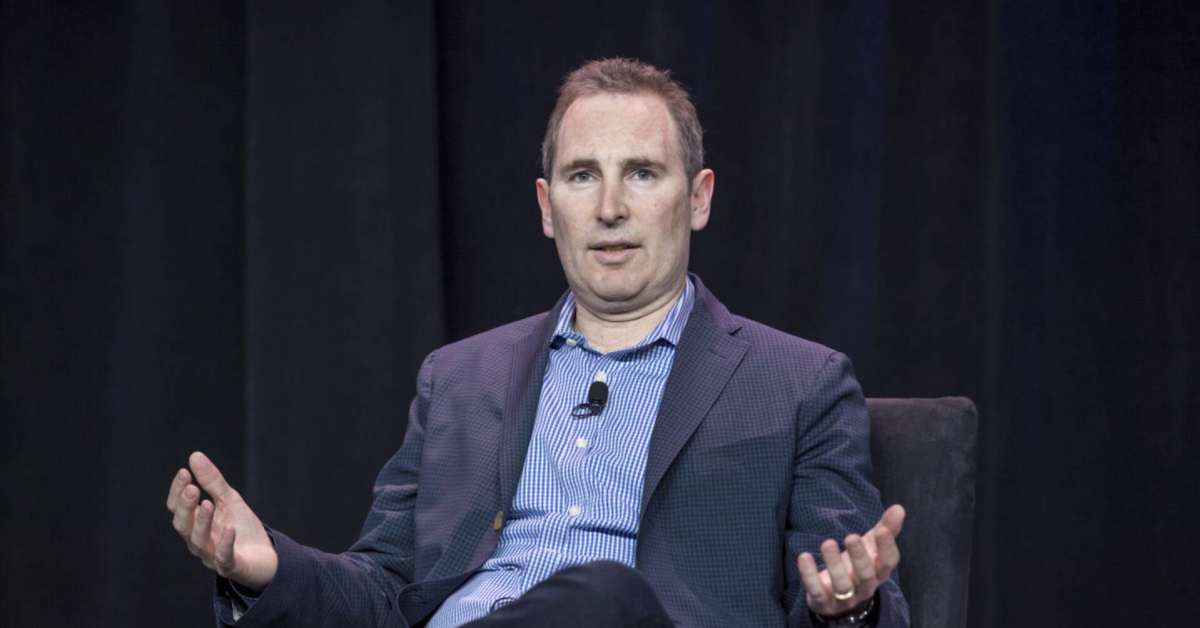
The winds of change are howling through Amazon, and the message from the top is clear: adapt or be left behind. CEO Andy Jassy’s recent internal communication painted a stark picture of a company undergoing a fundamental restructuring, demanding greater efficiency and a renewed focus on profitability. Gone are the days of seemingly limitless growth and expansive experimentation; the new Amazon prioritizes lean operations and a more disciplined approach to innovation.
Jassy’s message, delivered with characteristic directness, underscores a shift in corporate philosophy. For years, Amazon cultivated a culture known for its ambitious goals and relentless pursuit of innovation, often at the cost of employee well-being and operational streamlining. This era, it seems, is definitively over. The current emphasis is on maximizing value, eliminating redundancies, and ensuring every project aligns with demonstrable business objectives.
This isn’t simply a matter of cost-cutting. While fiscal responsibility is undoubtedly a key driver, Jassy’s message suggests a deeper strategic recalibration. The company is re-evaluating its vast portfolio of projects, prioritizing those with the greatest potential for return on investment and ruthlessly cutting those deemed underperforming or strategically misaligned. This means difficult decisions, including potential layoffs and a reassessment of various departments and initiatives.
The pressure on employees is palpable. Jassy’s communication implies a heightened expectation of productivity and accountability. Employees are being challenged to demonstrate the value they bring to the organization, and those unable to meet the new, higher standards may find themselves facing difficult choices. This increased pressure extends across the entire organization, affecting both individual contributors and management.
The shift extends beyond just individual performance. There’s a clear push towards greater collaboration and integration across teams. The siloed nature of some departments, a common criticism in the past, is being addressed with a focus on breaking down barriers and fostering greater synergy between different parts of the company. This aims to improve efficiency and avoid duplicated effort.
This transformation is not without its challenges. The cultural shift from a growth-oriented, risk-taking environment to a more conservative, efficiency-driven one is likely to cause friction. Employees accustomed to a more flexible and less demanding work culture may find the new expectations jarring. The potential for employee discontent and increased attrition is a significant risk that the company will need to carefully manage.
However, Jassy’s vision also carries potential benefits. Increased efficiency and profitability can lead to long-term stability and stronger growth. A more focused approach to innovation could yield higher-impact products and services. A more collaborative environment could unlock greater potential across the organization.
Ultimately, the success of this transformation hinges on effective communication, transparent leadership, and a commitment to supporting employees through this period of significant change. Only time will tell whether Jassy’s hard-nosed approach will yield the desired results, but one thing is certain: Amazon is embarking on a new chapter, and the future of the company depends on its ability to navigate this challenging transition successfully. The coming months and years will be a crucial test of Amazon’s adaptability and resilience.



Leave a Reply